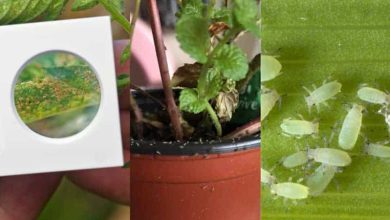Sow Bugs (Porcellio scaber): [Characteristics, Detection, Effects and Treatment]
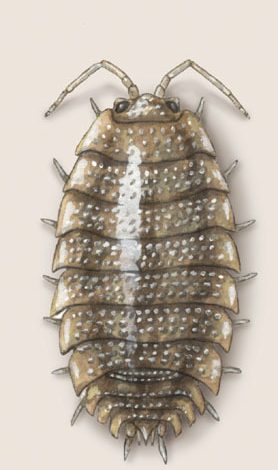
In this article you will learn how to identify pill bugs (Porcellio scaber). You will also know the options you have to be able to fight them.
Mealybugs are insects in the family Pseudococcidae, unarmored mealybugs found in warm, moist habitats.
Many species are considered pests, since they feed on the juices of greenhouse plants, houseplants and subtropical trees, and also act as a vector for various plant diseases.
Some ants live in a symbiotic relationship with them, protecting them from predators and feeding on the honeydew they excrete.
What are sow bugs?
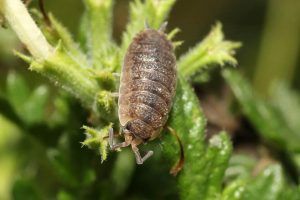 The so-called cochineal of moisture, also known as pig and pig, which bears the scientific name Porcellio scaber, comes from the Porcellionidae family. It is a crustacean of the order Isopods.
The so-called cochineal of moisture, also known as pig and pig, which bears the scientific name Porcellio scaber, comes from the Porcellionidae family. It is a crustacean of the order Isopods.
This order contains about 4,000 species, most of which live in the sea and others in fresh water, as well as those on land.
It is very present in the central European region and in the western part. For example, it is one of the most prevalent species in the UK, along with 4 other highly prevalent species.
It arrived in America and settled in the northern part, where they fight to extinguish it, especially in the United States and Mexico. In the case of the African continent, this mealybug is common in South Africa, causing problems in maintaining the health of crops.
And in Australia, this variety abounds in gardens, perhaps the most common of all.It is fascinated by living in the midst of high environmental humidity, although it is much less dependent on water than other species such as Oniscus asellus.
The reason is important: these mealybugs are the only crustaceans that have managed to survive outside marine environments, thanks to an excellent ability to adapt to life on land, since their anatomy retains water. This is why they seek to live in high humidity ecosystems.
These onyscideans have scientifically classified derivative genera, where species that live in the North American territory stand out, such as Porcellio laevis and Porcellio scaber.The Milpies species correspond to the class Chilopoda or Diplopoda. They have nothing to do with P. sacver or P. laevis.
How can we identify them?
These crustaceans from the ranks of the eumalocostracea have certain characteristics that allow them to be placed in many categorizations.Also known as a ball bug, it is a very curious animal that can be easily confused with an insect, which is not the case.Let’s see some of its most relevant features:
- They are terrestrial isopod crustaceans, which measure a maximum of between 1-2 cm in length.
- They have an ovate-shaped body, without a shell, with short legs and a gray color, but darker towards the bottom. There are also brown specimens and even covered with spots on the edges and throughout the upper part.
- It lives in places of high environmental humidity, without development of the larval stage. Its development, therefore, is direct. But since they have gills, they need places with good humidity, so they will never be seen in dry environments.
- The female mealybug has an egg carrier, called an ootheca.
- They have two antennae that protrude from their heads, which are very important for communicating with each other and for searching for food, since they have a great sensory capacity.
- The eyes of these crustaceans have very poor vision, but are highly sensitive to light, and the thorax is divided into 7 very well-defined segments.
- It also has 7 pairs of short legs, but in females they have a widened area where they keep the eggs they need to deposit. It is a kind of embryonic sac similar to a small pouch that they develop when they have been fertilized, located at the end of the 7th abdominal segment.
- In males, the first two legs serve reproductive functions.
- They have a defense mechanism that allows them to achieve the excretion of a smelly and sticky powder that, although not very effective, drives away enemies.
- Night activity is predominant.
- They reproduce, like the rest of the terrestrial crustaceans, during the hottest time of the year. And they lay 3 times a year, with a number of eggs that vary between 100-300.
What plants do pillbugs affect?
These specimens, as we have already said, need humidity to survive on earth. Consequently, they will seek refuge outdoors in trunks and pots.
The diet of these crustaceans is based on decomposing plants and organic matter, so it will be easy for them to get under the mulch of the plants.
How to combat sow bugs?
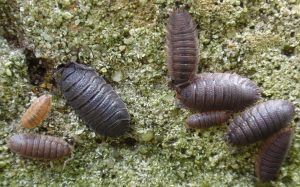 It should be noted that pill bugs, when they appear normally in gardens and crops, can serve as food for other animal species, so they will help enrich the land they occupy.
It should be noted that pill bugs, when they appear normally in gardens and crops, can serve as food for other animal species, so they will help enrich the land they occupy.
So contrary to what might be believed, they should not be eliminated. Quite the contrary. These crustaceans are usually marketed, as is the case with the species Porcellio scaber orange, for their controlled introduction, since they are excellent cleaners of the substrate.
Currently these terrestrial isopods are used as food for reptiles, amphibians and small mammals. That is why they are raised as live food. In addition to P. scaber, Armadillidium vulgare or Oniscus asellus are also marketed.
The Porcellio scaber has a high percentage of protein (calculated at 41% DM) so together with others such as fat (12% DM) and fiber (15% DM) and its mineralized exoskeleton contains high levels of calcium, magnesium and iron.
However, when they become an annoying pest, they must be dealt with promptly because they can ruin the entire plantation and bring economic losses.Fungi are also formed when they are present, and this ineluctably indicates that the environmental humidity is high.
The red huntsman spider (Dysdera crocata) is one of its staunch natural enemies.
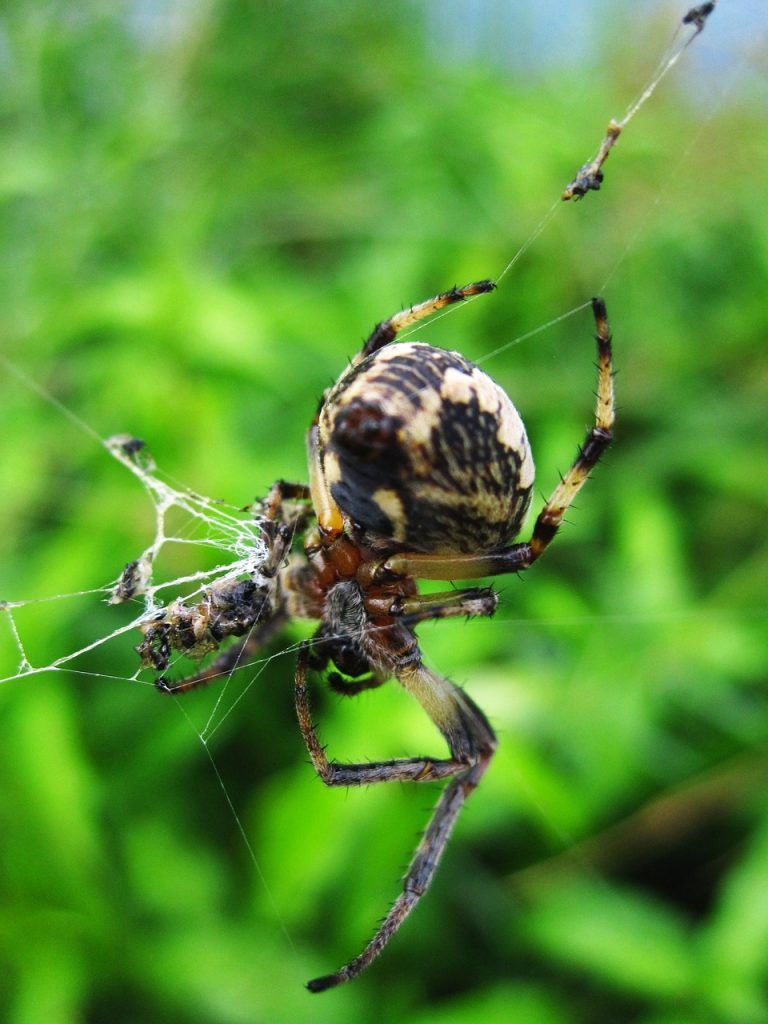
Prune and isolate
The first thing to do when you discover a mealybug is to isolate the plant away from others.
If there are not too many diffuse spots, you can try to prune the problem areas, removing them immediately and carefully.
Then use one or more of the methods below to treat the rest of the plant. Remember to clean and disinfect the area where the plant was before moving it.
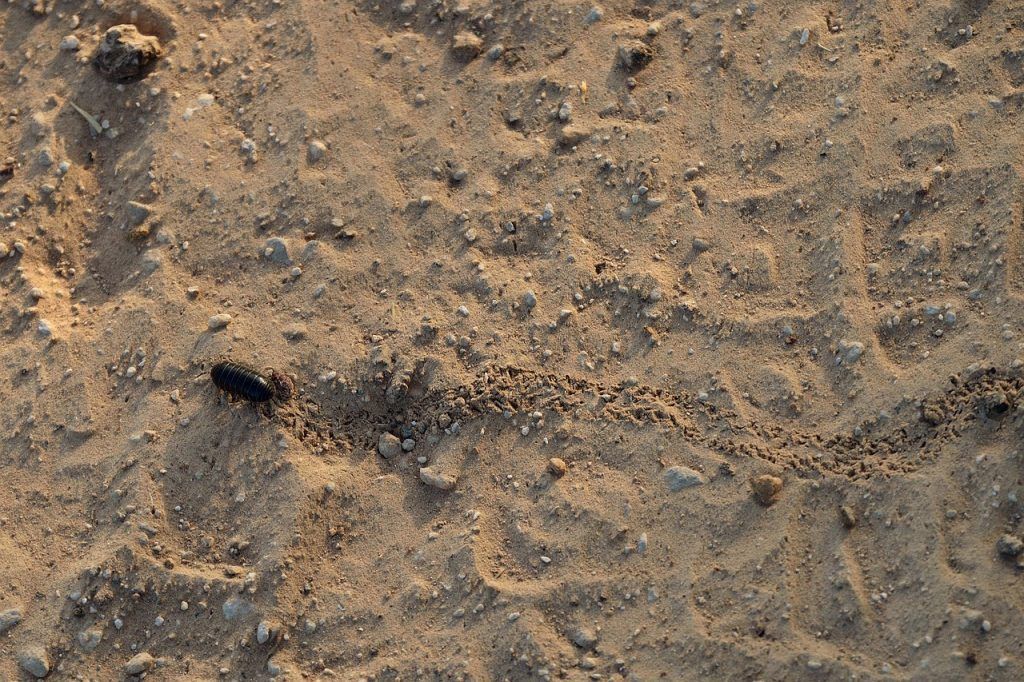
Delete them manually
Soak a cotton swab or wipe in rubbing alcohol and use it to clean the leaves and stems.
Use a soaked cotton swab to get into the little nooks and crannies. This will kill the mealybugs on contact, but it only works if you touch them directly.
Be sure to also clean around leaf joints, in creases, and at the base of the plant.
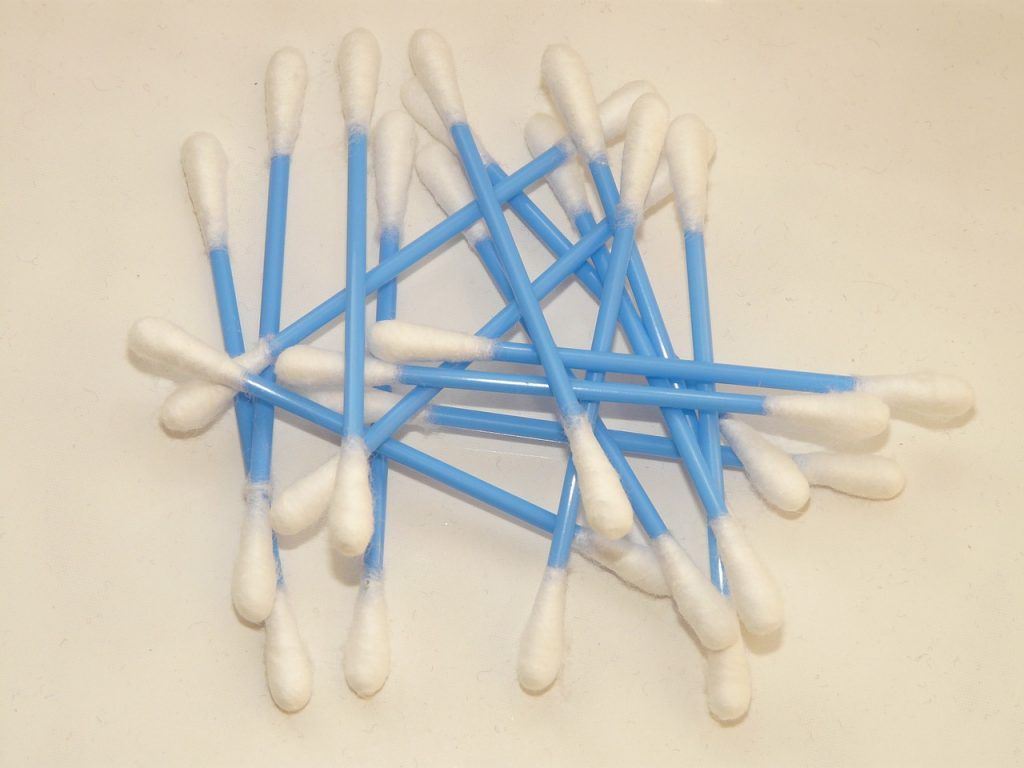
You can also find them hidden on the edges of the pot. Repeat the operation every day, since several treatments are needed.
When you’re sure the bugs are gone, rinse the plant in the sink or shower to remove the alcohol.
This method can also work with cotton swabs dipped in a mixture of diluted kitchen soap and water, but be careful, as concentrated kitchen soap can burn the leaves.
Wash and pressure wash
When you water your plant with water, the pressure will force the mealybugs to dislodge.
Washing rarely removes 100% of pests, so keep an eye on them and wash periodically when they are most noticeable. If you don’t have a hose, a high pressure hand shower will suffice.
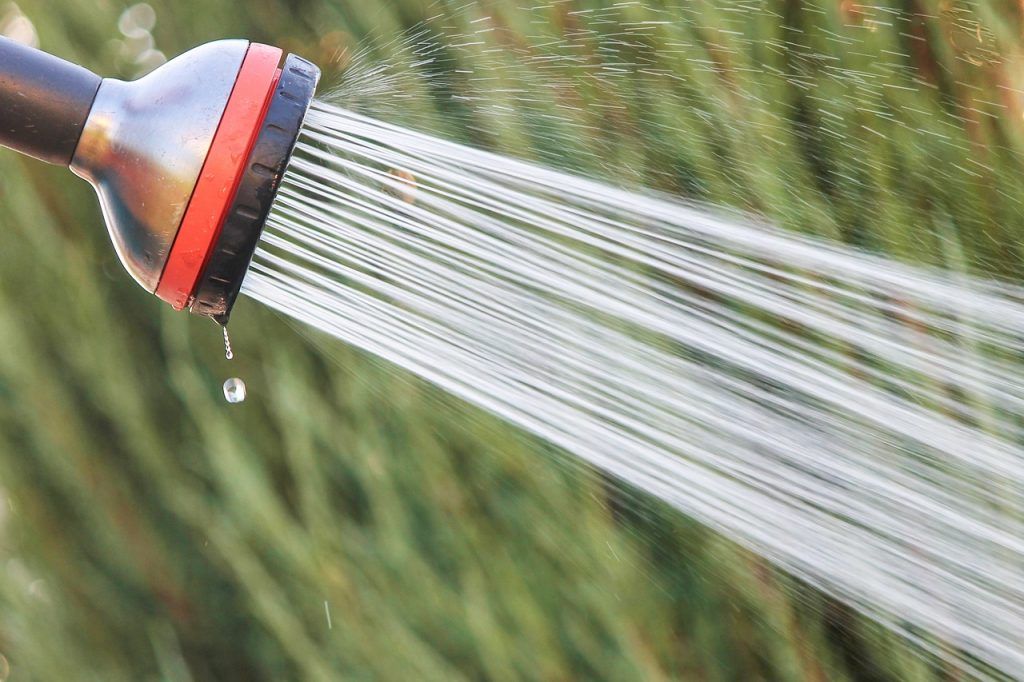
Use potassium soap
Soap sprays are contact insecticides that must coat mealybugs and their eggs to break down the white waxy secretion and kill the insects below.
Soap – based insecticides are not toxic to people and animals, but they can harm the plant, so use a diluted solution.
If you’re using an insecticidal soap meant to treat cochineal, follow the label directions to make a diluted mixture with soft or distilled water (hard water can make it ineffective).
Transfer the solution to a pump sprayer and spray the plant well, making sure to cover the top and bottom of each leaf, the stems and the base. Repeat with a new mix every week until the bugs are gone. Pro Tip: Ideally, spray outside on a cloudy day when the temperature is below 90 degrees.
You can also make your own solution using dish soap, but it may not be as effective.
neem oil
Neem oil is a very effective natural insecticide and fungicide for killing mealybugs and even for residual control of pests once they are gone. Best of all, neem oil is non-toxic to beneficial insects, like bees, if your plants are outside.
Dilute concentrated neem oil according to label directions, and apply with a spray bottle daily. Be patient as it may take a few days for it to start killing the bugs, and keep applying until they are all gone.
Alternatives to neem oil are hot pepper wax spray and other horticultural oil.
insects
Pick up some beneficial insects at your local garden center to help control the population.
Ladybugs, lacewings, and the cochineal destroyer beetle are natural predators of the cochineal.
This is a better option for plants grown outdoors or in greenhouses, but if you go this route, you can’t use insecticides without killing the good bugs as well.
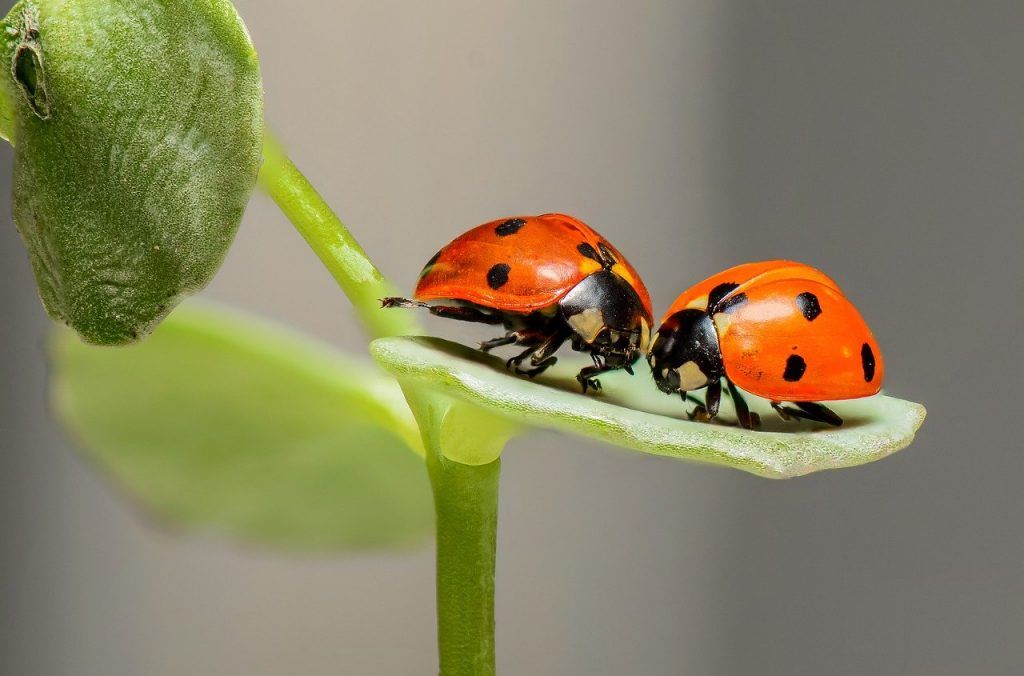
Do not despair and continue fighting against mealybugs
Whatever method or combination of methods you use, be ruthless in your fight!
Don’t expect them to go away after one or a few treatments. It may take weeks or even months of constant vigilance to put an end to your mealybug problems.
Even if you don’t see any on the plant, they are tiny, so you can’t really see them unless there are a lot of them; that, and that they can come out of cracks and hiding places in the area around the plant just when you think they have disappeared.
If you’re facing a recurring infestation, try replacing the top layer of soil and cleaning around the pot: the rim, the sides, the bottom, everything.
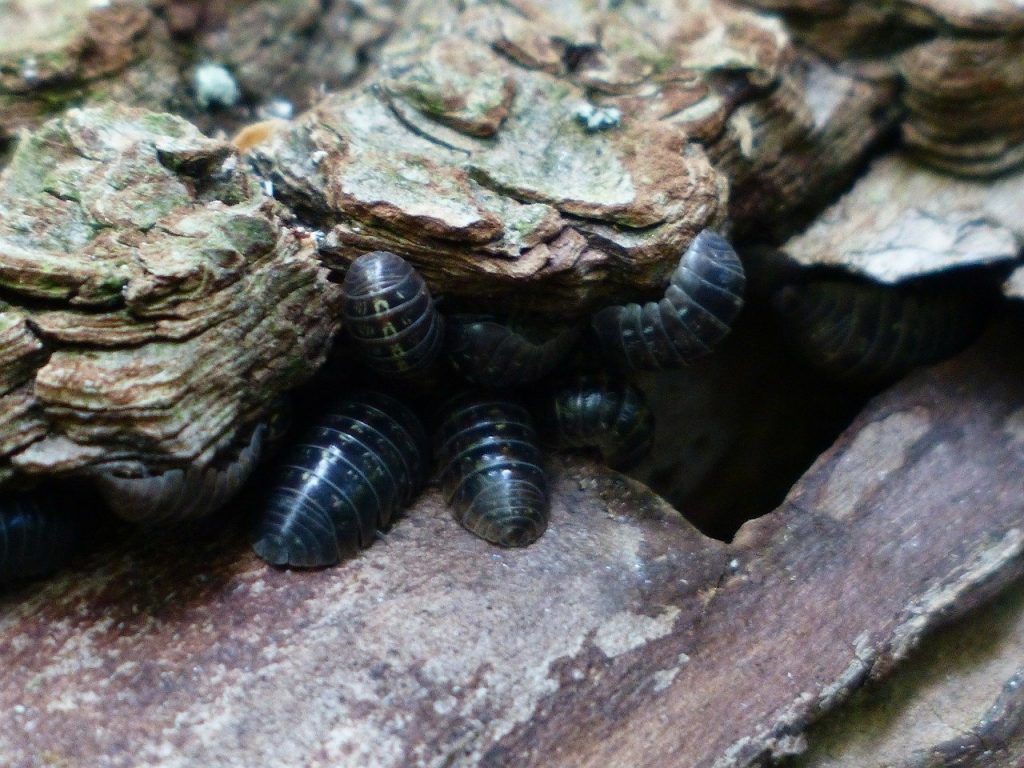
Consider losing some plants
Nobody wants to lose their favorite plants, but in cases of serious infestations, you might consider throwing out the worst of the bunch and starting over after thoroughly cleaning the areas where the infested plants were.
What are the best products to eliminate mealybugs?
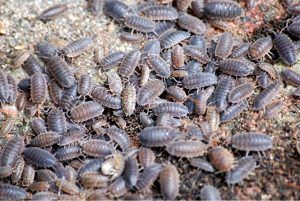 The red huntsman spider (Dysdera crocata) is one of its staunch natural enemies.
The red huntsman spider (Dysdera crocata) is one of its staunch natural enemies.
Various laboratory tests have shown that pillbugs are eaten by many animals, which does not mean that they are exposed to extinction.
Animals such as hedgehogs, toads, owls, shrews and frogs consume them.
Characteristics of sow bugs
How do these insects reproduce?
Mealybugs are sexually dimorphic: females appear as nymphs, with a reduced morphology, and lack wings, although, unlike many female mealybugs, they usually retain legs and can move.
Males are smaller, mosquito-like, and winged. Since mealybugs (like other Hemiptera) are hemimetabolous insects, they do not undergo complete metamorphosis in the true sense of the word.
However, male mealybugs undergo a radical change during their life cycle, from being wingless ovoid nymphs to flying, wasp-like adults.
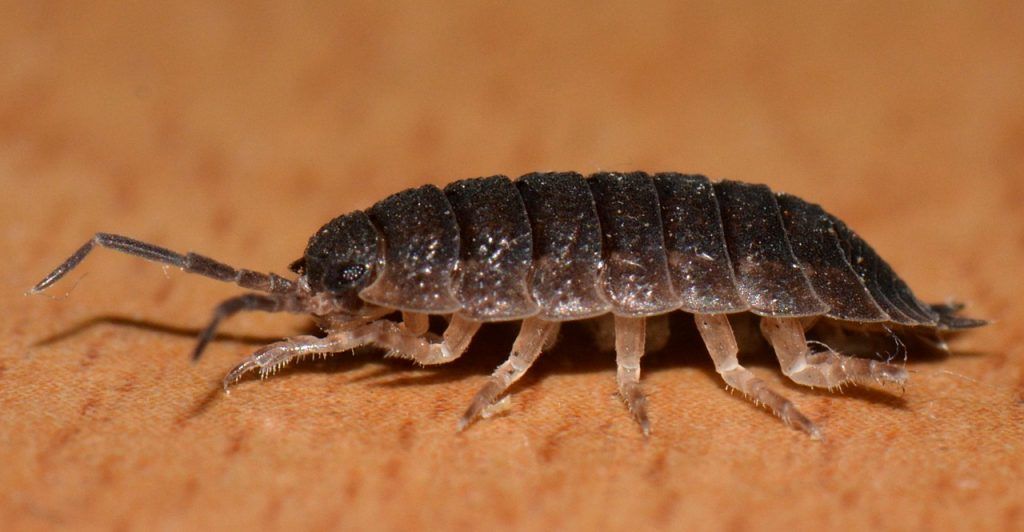
What do pillbugs eat?
Mealybug females feed on plant sap, usually in roots or other crevices, and in some cases in the bottoms of stored fruit.
They adhere to the plant and secrete a layer of powdery wax (hence the name cochineal) that protects them while they suck the juices from the plant. In Asia, the mango mealybug is considered a major threat to mango cultivation.
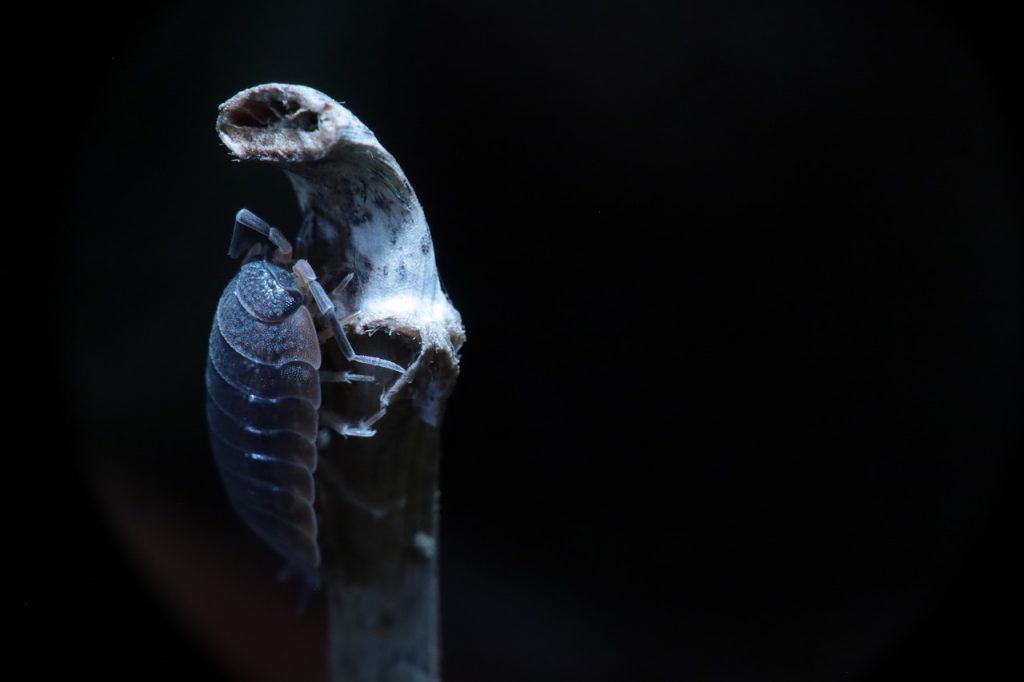
Males, on the other hand, are short-lived, since they do not feed at all as adults and only live to fertilize females. Male citrus mealybugs fly towards females and resemble fluffy midges.
Some species of mealybugs lay their eggs in the same layer of wax used for protection in quantities of 50 to 100; other species are born directly from the female.
What are the most serious mealybug pests in crops?
The most serious pests are mealybugs that feed on citrus fruits; other species damage sugar cane, grapes, pineapple, coffee trees, yucca, ferns, cacti, gardenias, papaya, mulberry, sunflower, and orchids.
Mealybugs are usually only serious pests in the presence of ants, as these protect them from predators and parasites.
Mealybugs also infest some species of carnivorous plants such as Sarracenia (pitcher plants); in these cases it is difficult to eradicate them without repeated applications of insecticides such as diazinon.
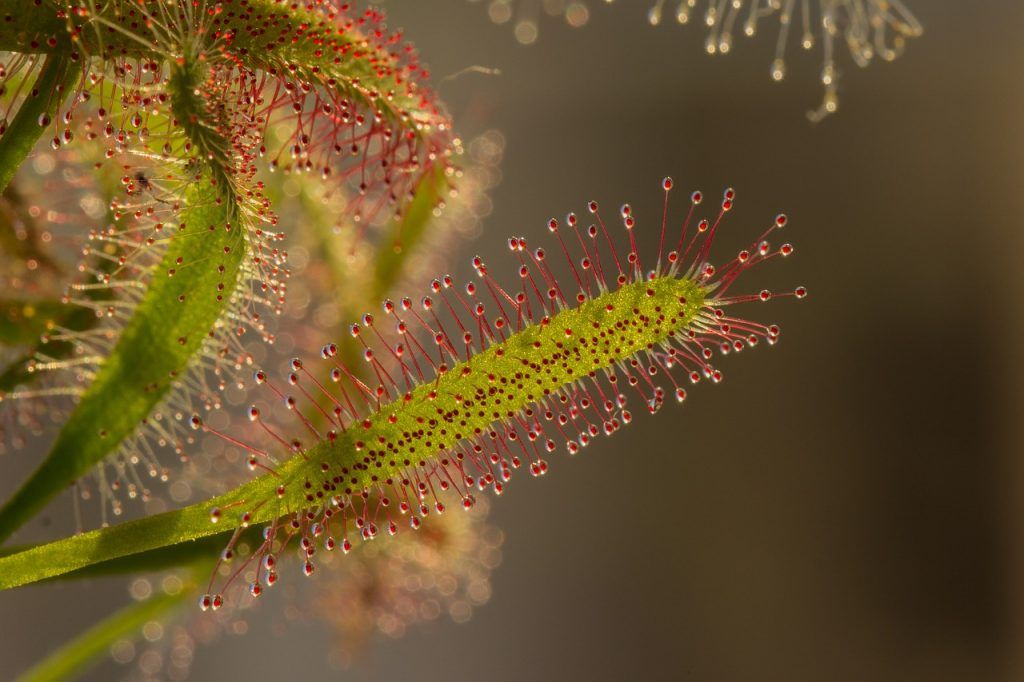
Small infestations may not inflict significant damage. However, in large quantities, they can cause leaf drop.
In recent years, some of the mealybug species have become invasive pests in localities and pose a major problem for new agroecosystems.
In India, the plant Withania somnifera has been reported to be a new reservoir host for an invasive mealybug species, Phenacoccus solenopsis.
Some mealybugs of the genus Hypogeococcus are used as biological control of invasive cacti pests in South Africa, such as Harrisia balansae, H. martinii and Opuntia cespitosa.
Did you know…?Fossil specimens of ants of the genus Acropyga have been recovered in Dominican amber deposits from the burdigalian stage and several individuals carrying the extinct cochineal of the genus Electromyrmococcus are preserved.
These fossils represent the oldest record of the symbiosis between mealybugs and ants of the Acropyga species.

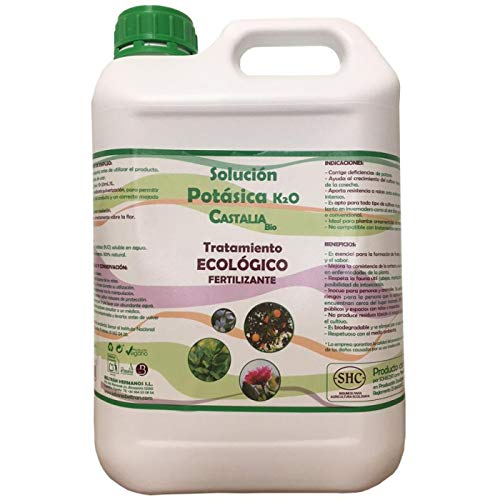

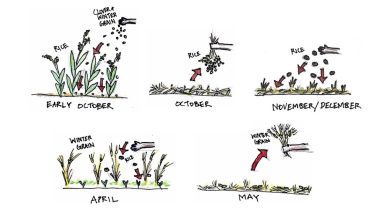
![Photo of Tundra Climate: [Characteristics, Flora, Fauna and Adaptability]](https://www.complete-gardening.com/wp-content/uploads/2022/08/tundra-climate-characteristics-flora-fauna-and-adaptability-390x220.jpg)
